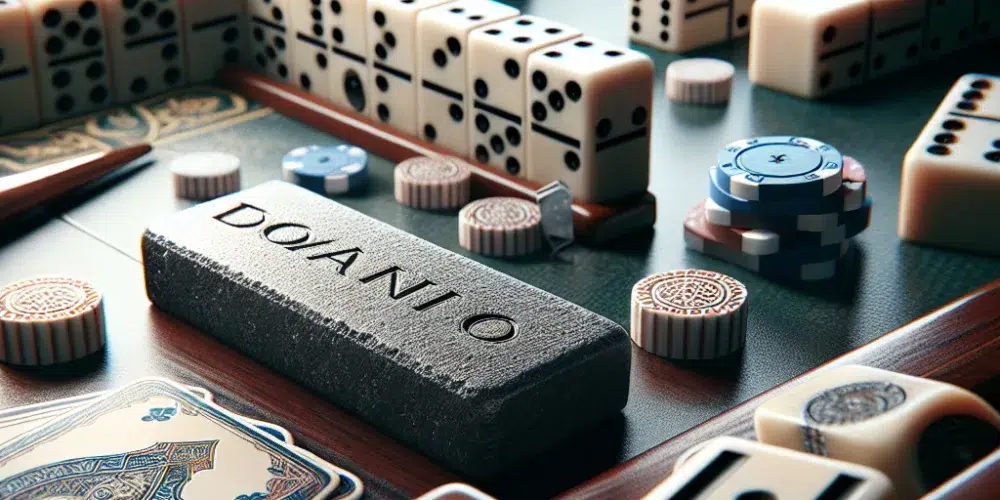Understand the Basics of Pai Gow
One common mistake many beginners make when playing Pai Gow is overlooking the importance of setting their hands optimally. Pai Gow is a unique poker variant where players receive seven cards and must divide them into two hands: one five-card hand (the “high” or “back” hand) and a two-card hand (the “low” or “front” hand). The five-card hand must always rank higher than the two-card hand.
Principles of Hand Setting
To get ahead, begin by understanding the rankings: High hands follow traditional poker rules, while the two-card hand can only be a pair or high cards. The art lies in how you split the dealt cards into two hands – balancing strength between them to maximize your chances of winning both.
Choosing a Pai Gow Strategy
The Balance Strategy
One effective strategy is to aim not necessarily for the strongest possible high hand but for a balance where both your high and low hands are reasonably strong. Avoid weakening your two-card hand too much, as winning both hands is the only way to guarantee a win in Pai Gow.
The House Way
Each casino has a predetermined method or “House Way” of setting hands. Familiarizing yourself with the House Way can provide insights into effective hand-setting, although relying solely on this method may not always align with optimal player strategy.
Bankroll Management in Pai Gow
Pai Gow is known for its slow pace and frequent pushes (where neither the player nor the dealer wins). This can be advantageous for bankroll management, as it allows players to enjoy prolonged gameplay without a significant risk of large losses.
Setting Betting Limits
Decide on your betting limits before you start playing and stick to them. It’s crucial in Pai Gow to maintain enough capital to endure the pushes and still capitalize when winning opportunities arise.
Advanced Pai Gow Techniques
Utilizing the Joker
The Joker in Pai Gow isn’t a full wild card; it can only be used as an ace or to complete a straight, flush, or straight flush. Proper utilization of the joker can dramatically shift the strength of your hand. For instance, holding onto a single ace can turn the joker into a powerful asset in completing a strong five-card hand.
Reading the Dealer
Unlike poker, where reading opponents is a key element, in Pai Gow, you’re only playing against the dealer. Pay attention to how the dealer sets their hand based on the House Way; this can provide clues on how to anticipate and counteract their standard setting strategy.
Playing Long Sessions
Since Pai Gow games typically have many pushes, it’s a suitable game for players looking to enjoy extended play with less risk. This slow pace allows for careful thought and strategy adjustment between hands, ideal for thoughtful players who enjoy a more laid-back casino experience.
Patience Pays Off
Patience is crucial in Pai Gow. Rushing decisions or trying to force a win on every hand typically doesn’t end well. The nature of the game means that sometimes the best strategy is to prepare your hands to push, securing your bankroll and waiting for a more favorable deal.
Conclusion
Pai Gow offers a refreshing deviation from the standard high-intensity poker games. By understanding the rules thoroughly, managing your bankroll wisely, and employing strategic hand setting, you improve your odds of not just playing but also winning. Whether you’re a seasoned player or a newcomer, these strategies and techniques can help refine your Pai Gow skills, leading to a more enjoyable and potentially profitable experience at the tables.

David Harrison stands tall in gambling journalism, marrying his firsthand casino experiences with a deep understanding of betting psychology. His articles transform complex gambling jargon into engaging tales of strategy and chance, making the world of betting accessible and enjoyable. David’s knack for narrative extends beyond print, making him a sought-after speaker on gambling trends and future bets. In the realm of gambling, David is both a scholar and a storyteller, captivating readers and listeners alike.
















